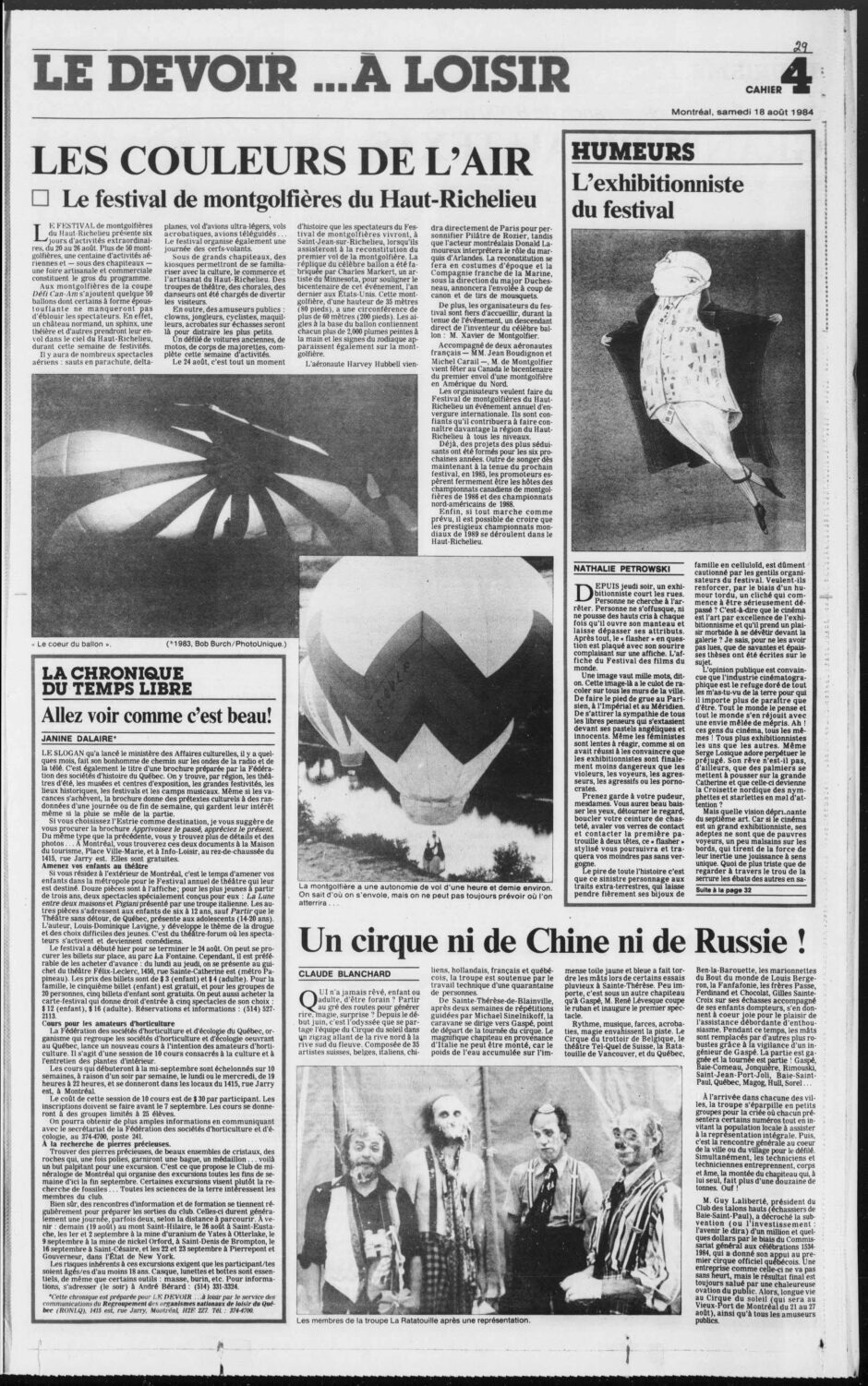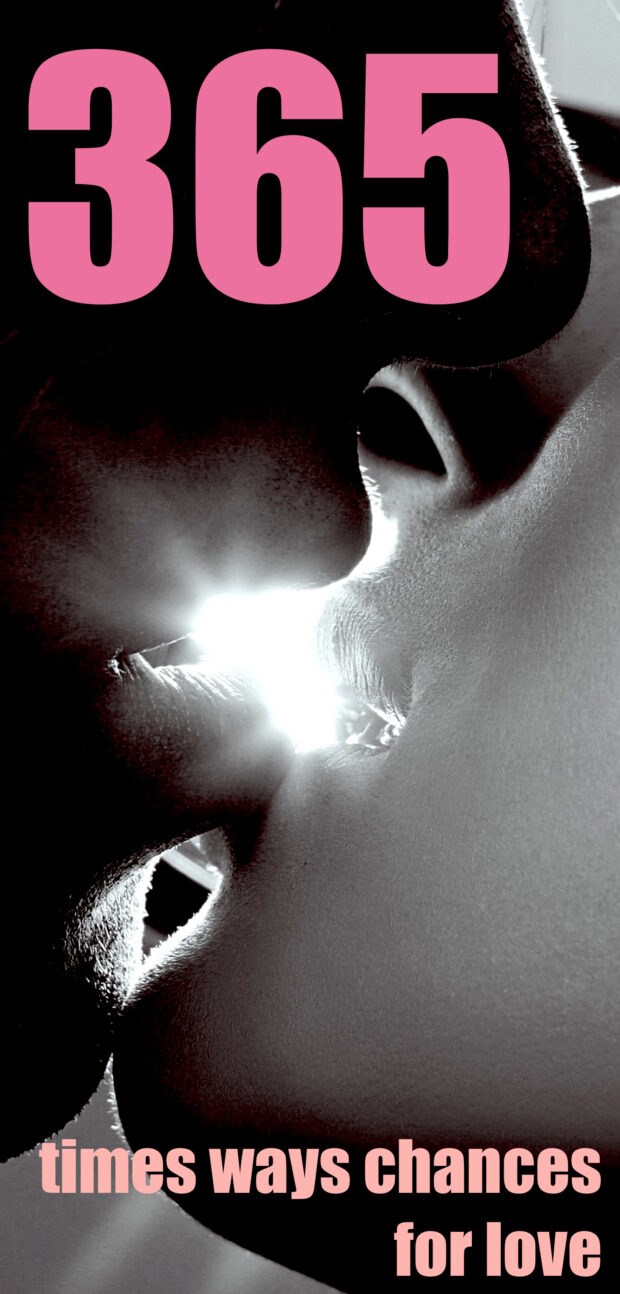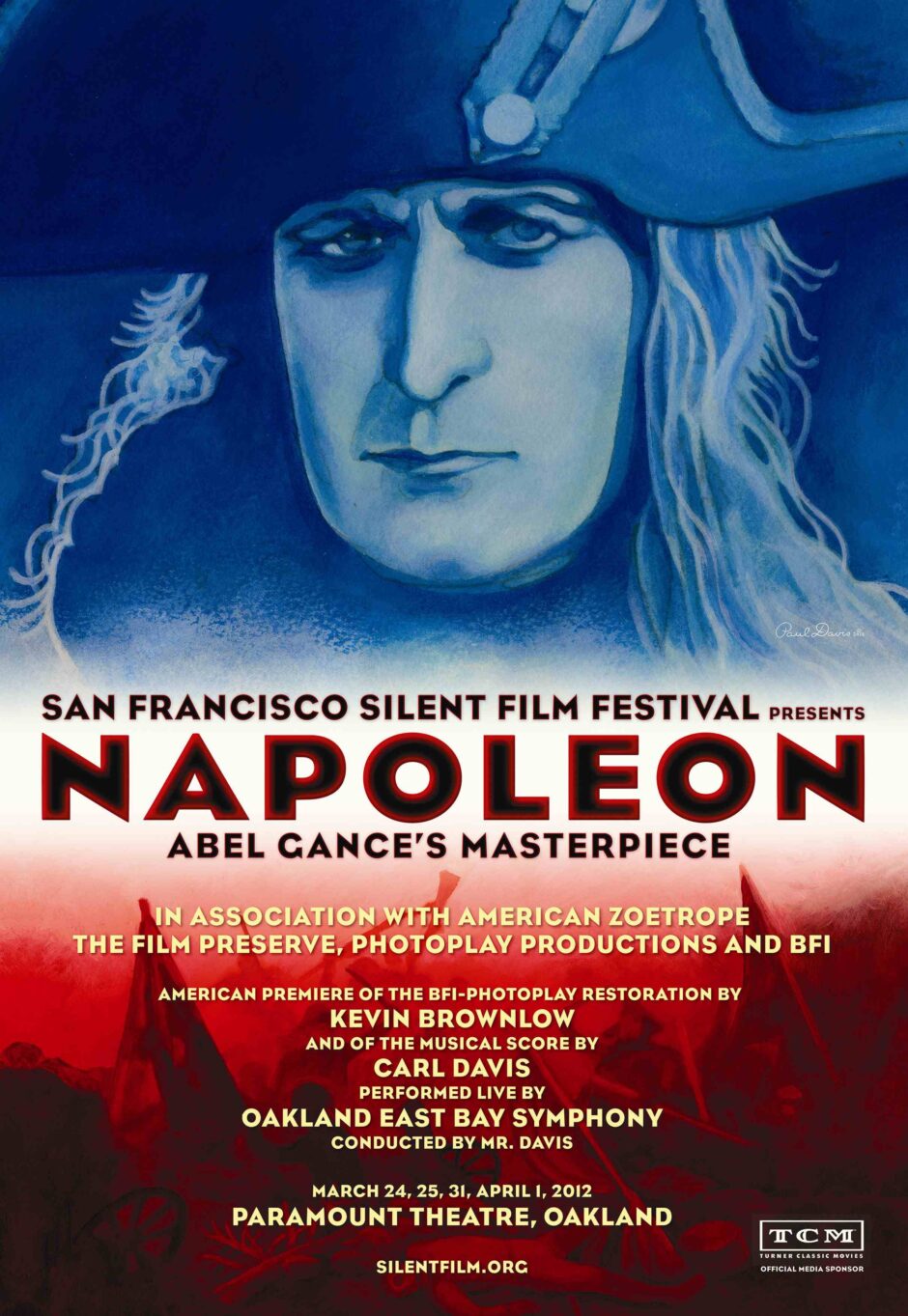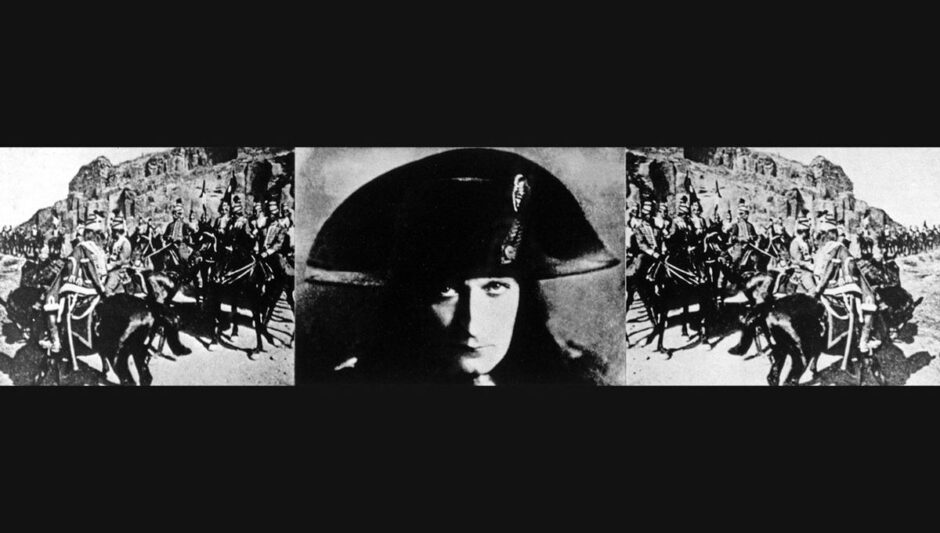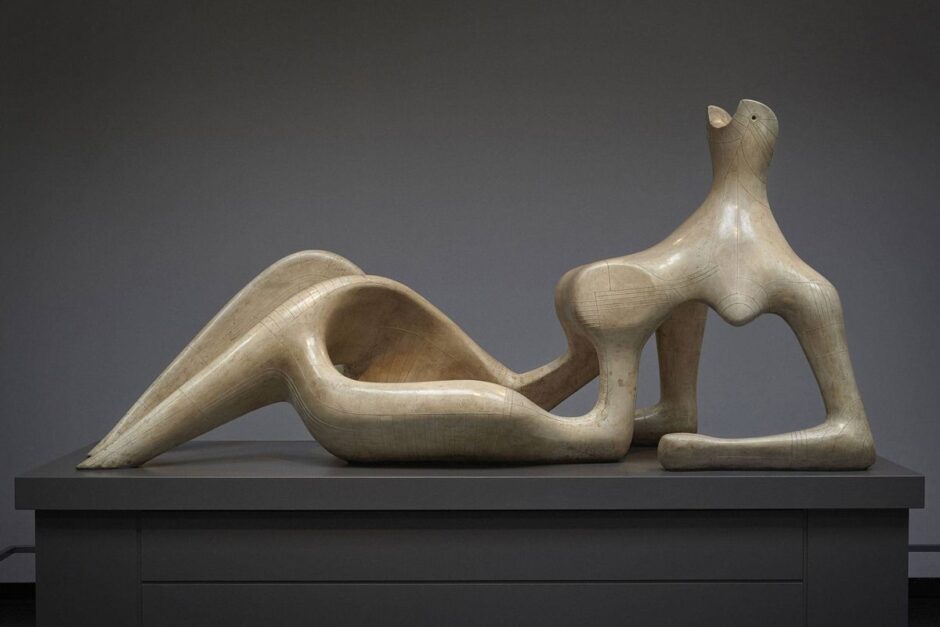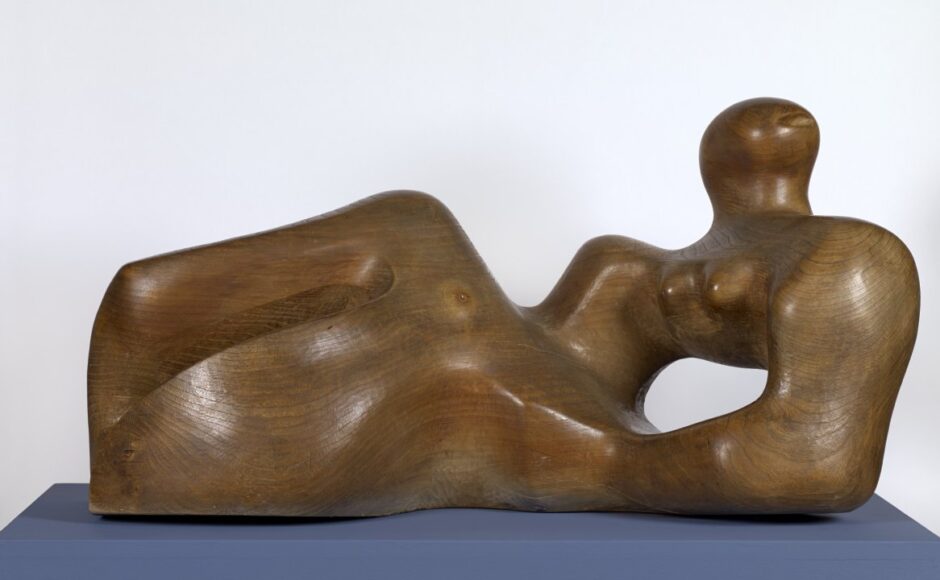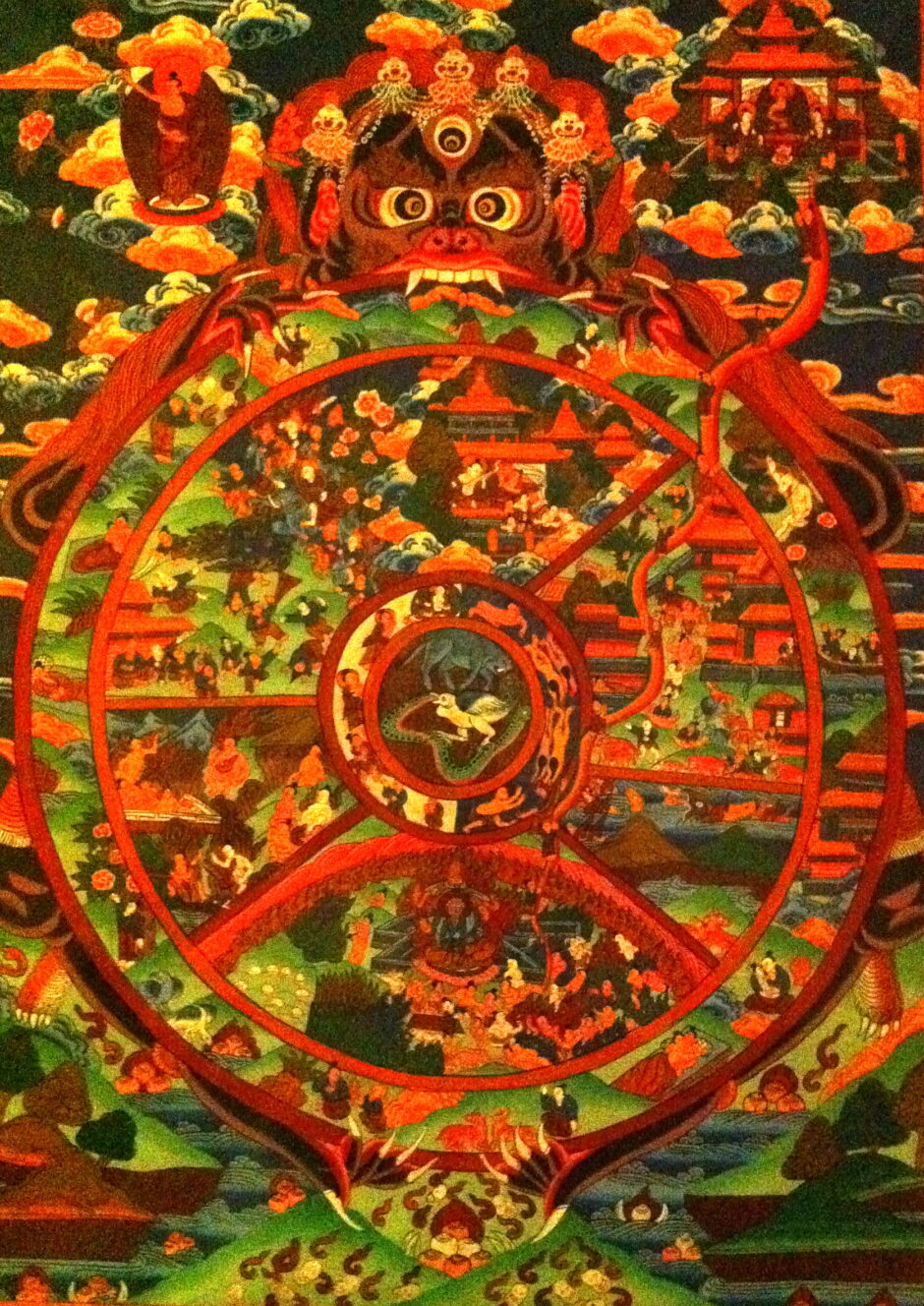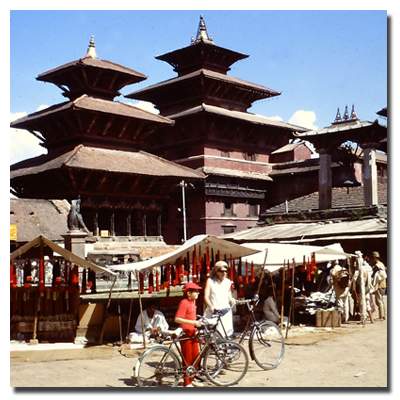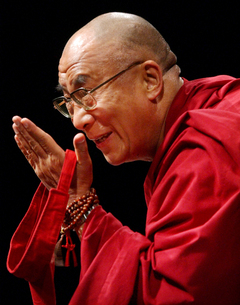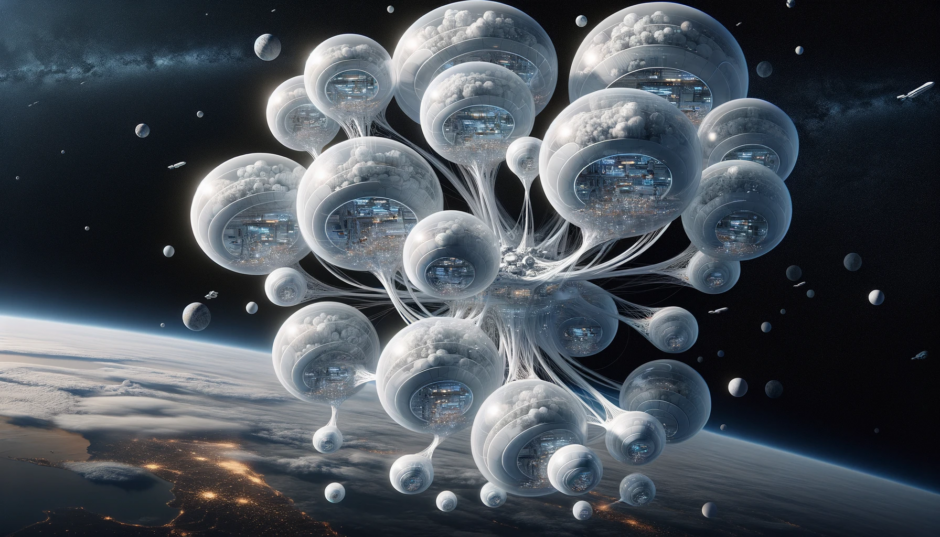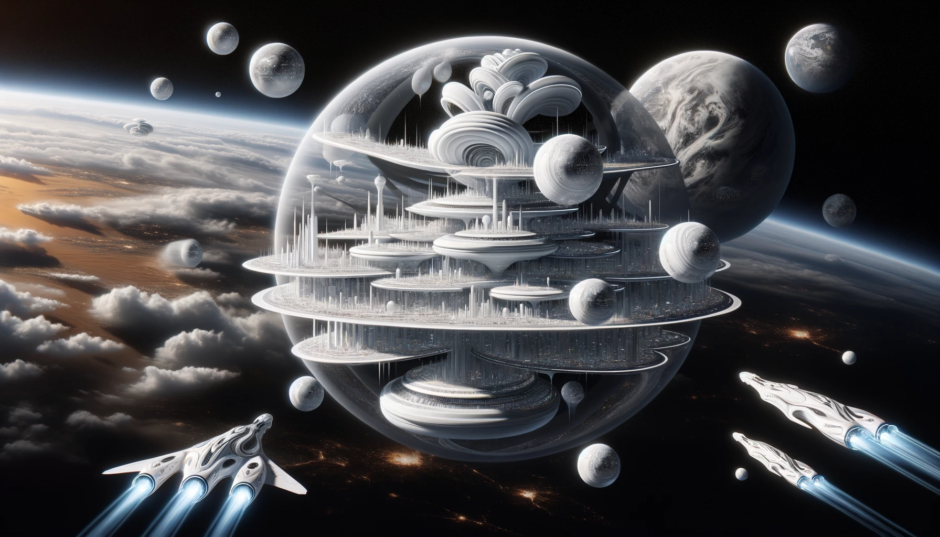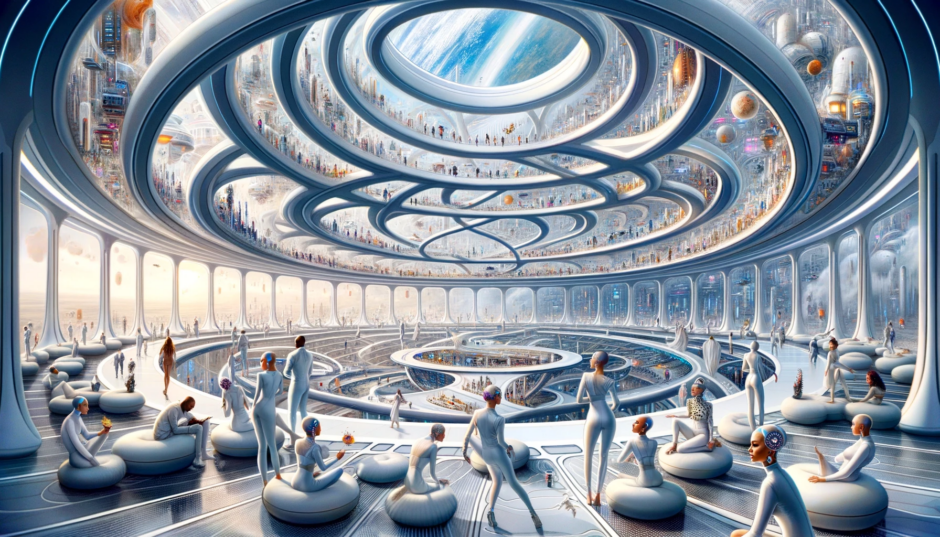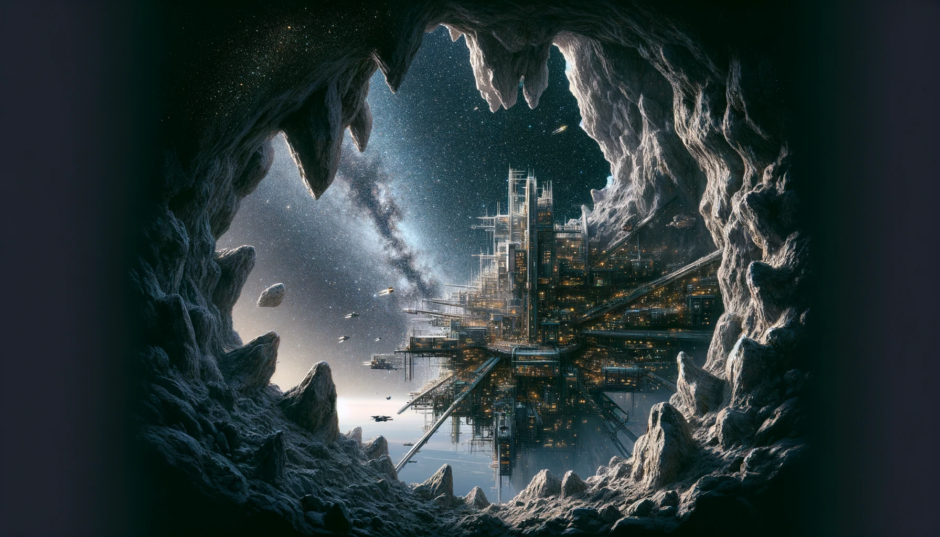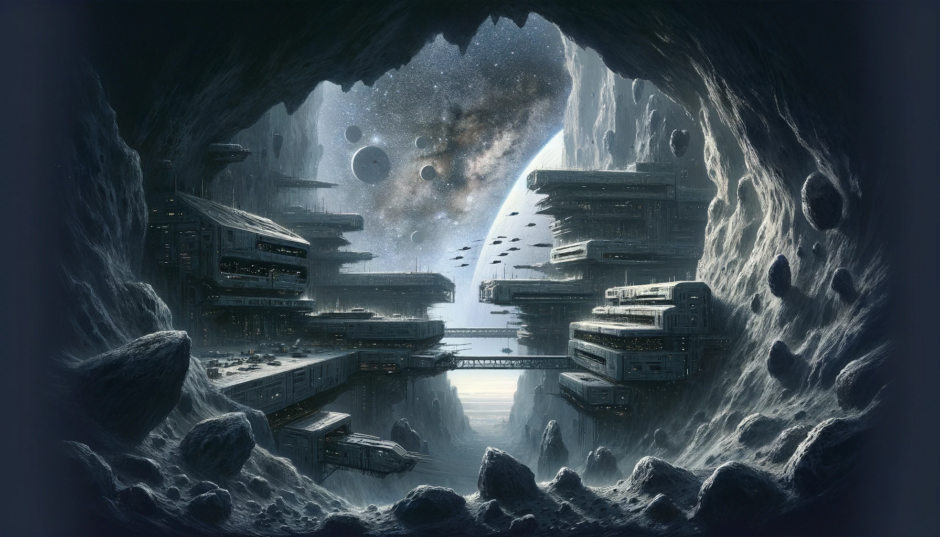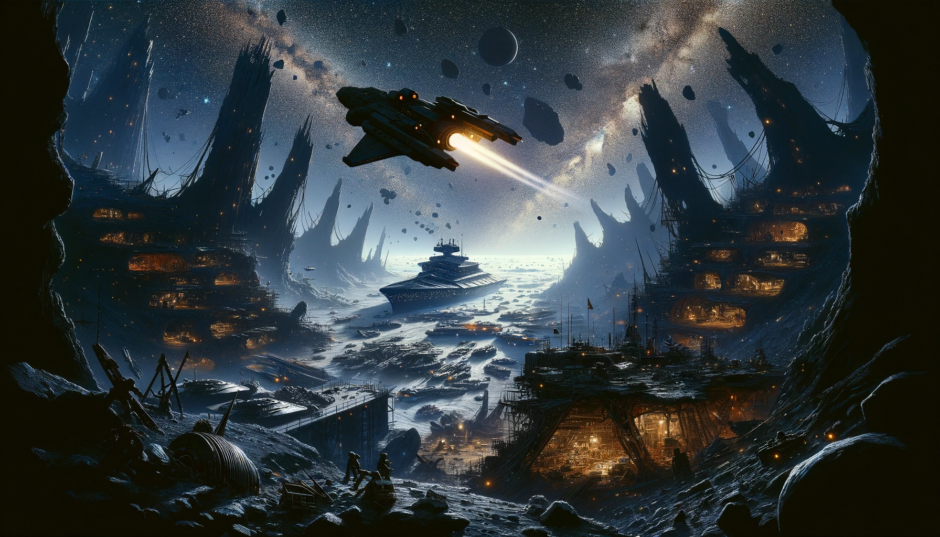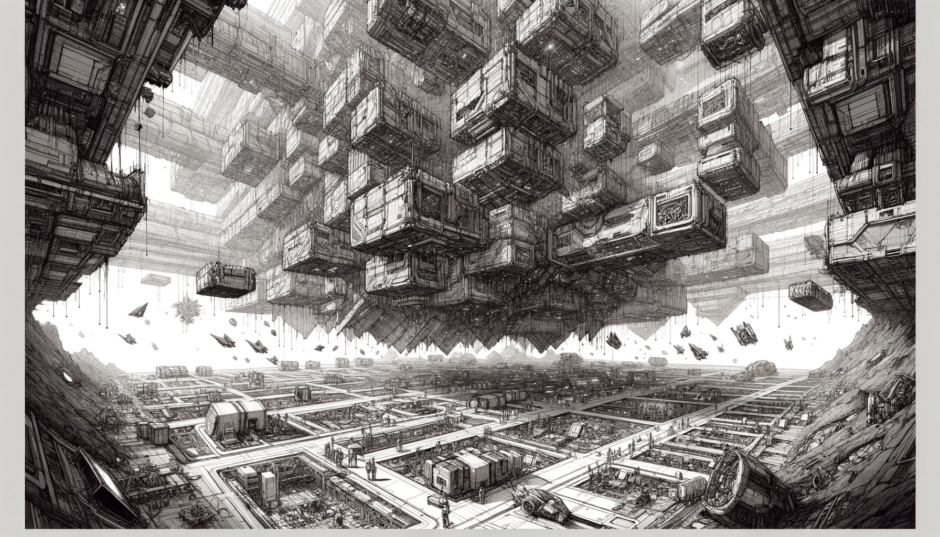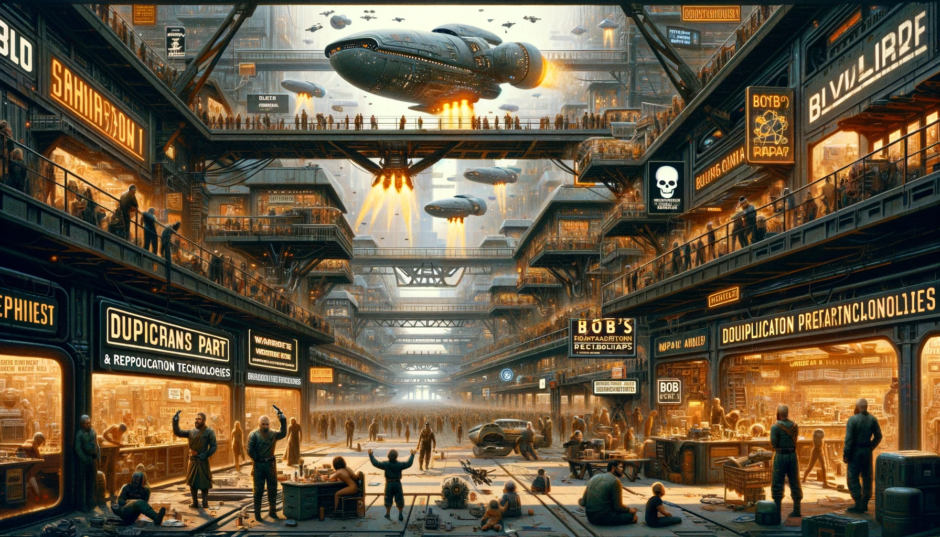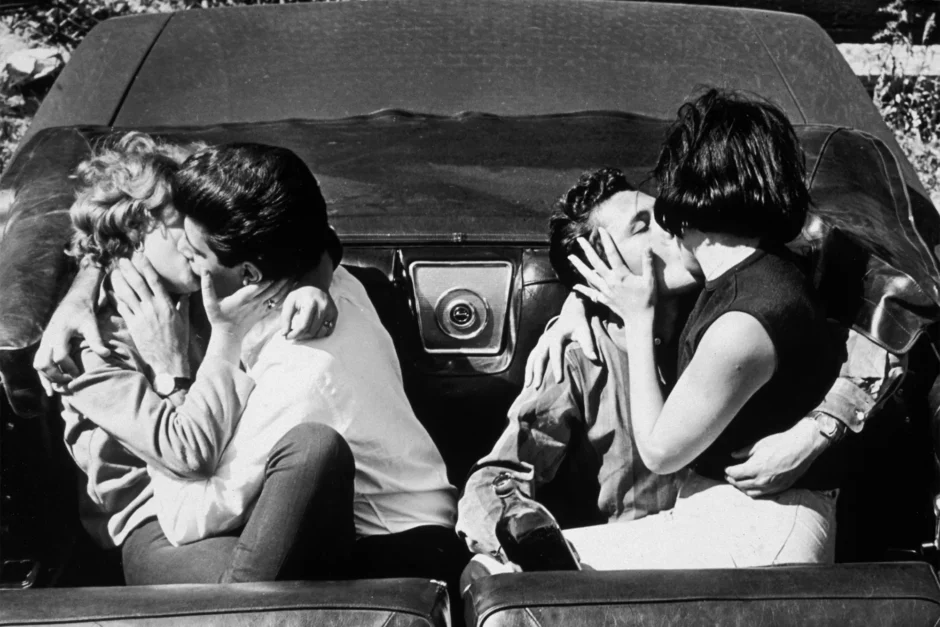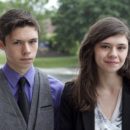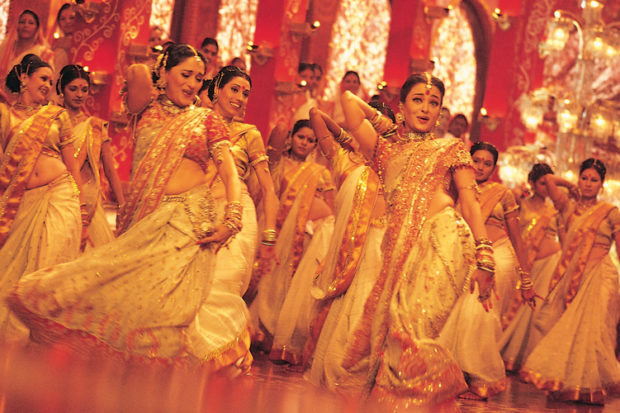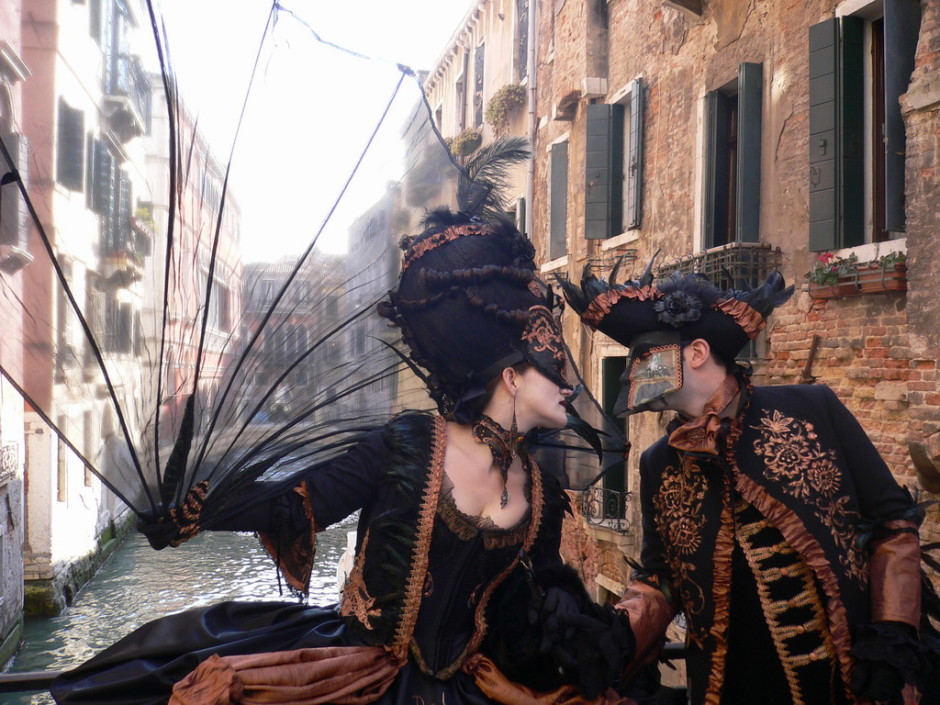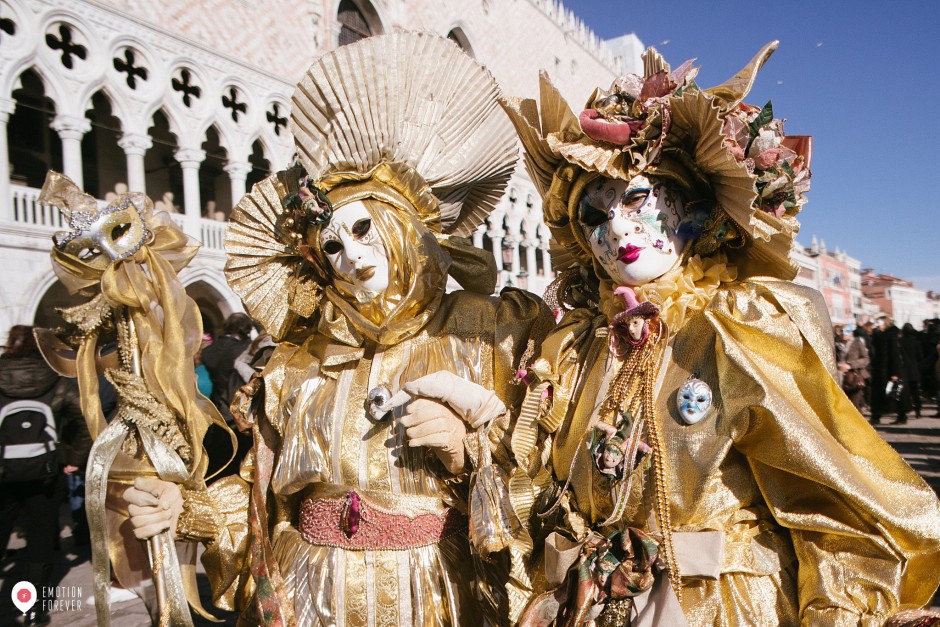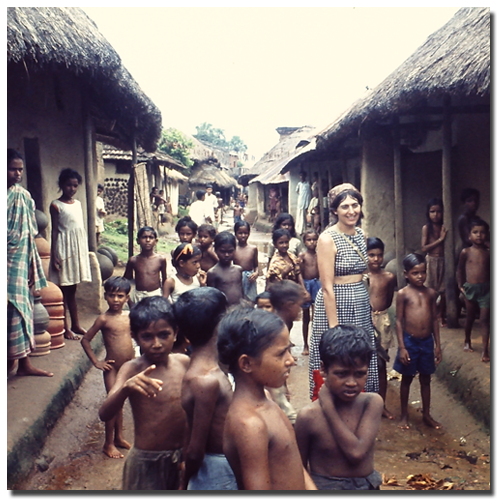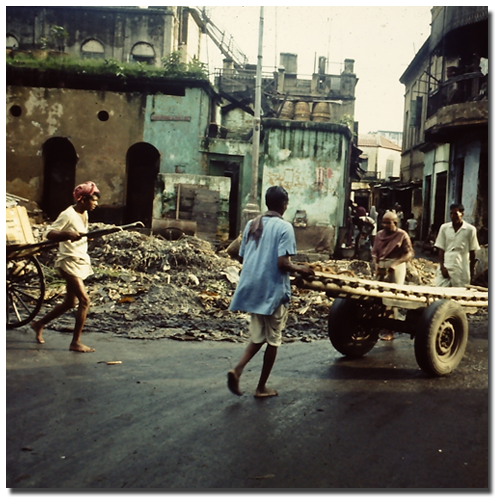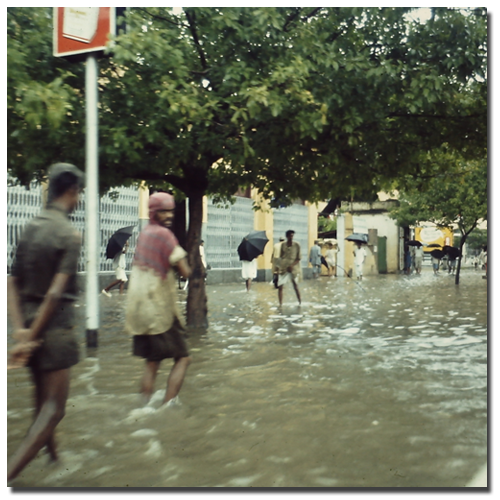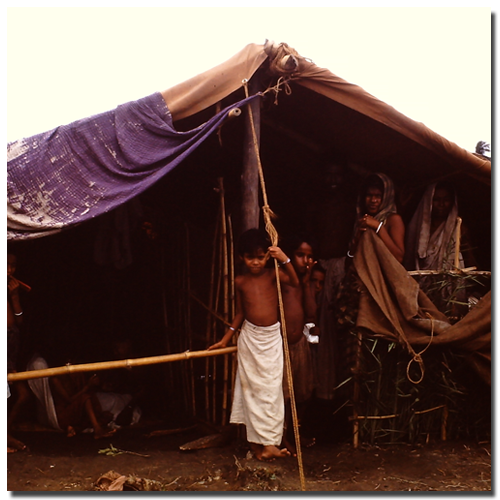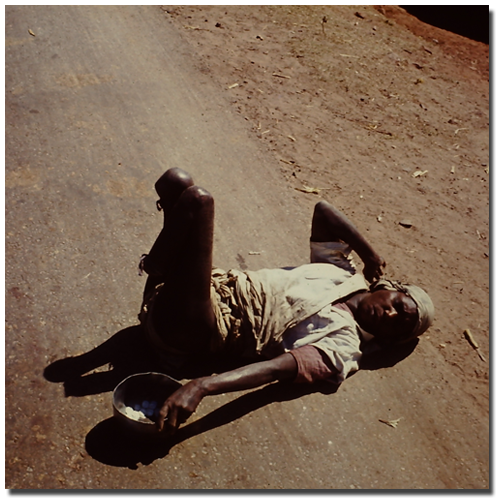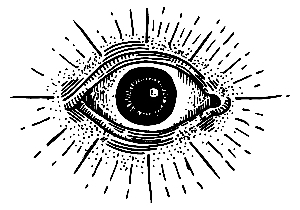I was young.
I was troubled.
I wanted to get lost in distractions.
He was older.
He was the remedy.
He was the perfect distraction.

A hypnotic film inspired by a poetic true diary of a Montreal born fourteen-year old’s girl’s roller-coaster love affair with an 18-year-old drug-dealer musician/DJ boyfriend, fueled by the drug MDMA.
Inspired by the novel “Misconception” by Clelia-Angelina Frith and by true events, the bilingual film is planned to be shot on a multitude of locations all over the city, featuring its diverse multi-cultural landscape.
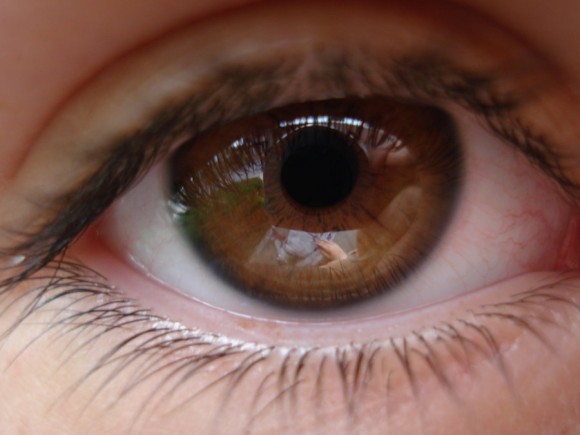
“CUT UP METHOD” – WRITING/FILMAKING STYLE
The cut-up technique (French: découpé) is an aleatory literary technique in which a text is cut up and rearranged to create a new text. The concept can be traced to at least the Dadaists of the 1920s, and the corresponding literary technique (or genre), was invented by author and artist Brion Gysin and the English mathematician Ian Sommerville.
It was popularized in the late 1950s and early 1960s by writer William S. Burroughs, who experimented with the technique cutting up his original text into random fragments and then rearranging them to produce a new text.
The cut-up is closely linked to the lifestyle and philosophy of the Beat Generation defined by Jack Kerouac and Burroughs. It tries to reproduce the visions due to hallucinogens, the spatio-temporal distortions of the thought under toxic influence (phenomenon of déjà-vu in particular).
It has since been used in a wide variety of contexts. Aesthetically, the cut-up is close to pop-art, happenings and post-war surrealism (Henri Michaux for example) and his quest to explore the unconscious.
Philosophically, Burroughs sees in it the culmination of language as a virus and writing as a letting go of consciousness (he proclaims “language is a virus”).
Musique concrète had introduced such techniques as well — cutting, re-arranging and re-editing sounds — much earlier in a musical (as opposed to literary) context.
From at least the early 1970s, David Bowie has used cut-ups to create some of his lyrics.
It is a technique which came to influence Kurt Cobain’s songwriting.
Other musicians working in sample-based music genres, such as hip hop and electronic music, employ a similar technique. DJs may spend hours in record stores looking (“digging”) for LP records featuring obscure or interesting breaks, vocals, and other fragments to meld together in new compositions.

THE NOVEL “MISCONCEPTION”
Written by the 14 year old Clelia Frith, is an intimate series of chapters that are poems chronicling her love for a boyfriend who was 18, a drug dealer, who swept of her feet, got her hooked on the drug ecstasy, started cheating on her, broke her heart, leading to an attempted suicide, then an awakening, efforts to clean up and eventual self-discovery, refusing to allow him back into her life, when he came crying – story of empowerment, and hope that hopefully will inspire and shed some lightness onto the darkness of our world and what teenage girls experience not only in this country but across the world.
The novel has a hypnotic, musical-like effect, almost like lyrics of a song, often using repetition, affirmations, as form of self-enforcement, a chant, a prayer, as if Clelia was trying to make sense of her feelings as a young girl on the cusp of womanhood and will herself into some kind of understanding and illumination.
The script incorporates themes of abuse, teen -pregnancy, addiction, discrimination, race, bullying, suicide, crime, violence, exploitation and trafficking, drawing from several characters from the world of Clelia’s circle growing up in Montreal during the early 2000’s.
The central character, Katherine is a composite character embodying several of these life-journeys.

CHARACTER BREAKDOWNS
KATHERINE
She is the main character. She is a 14-year-old who grew up as an only adopted child in a family with 2 kids. The father was always away on business trips and the mother was always home. They wanted what was best for Katherine, and they made that clear. They didn’t approve of any friends, were always on her case about schoolwork, choices, etc. Katherine thought they were just trying to ruin her life. She didn’t realize that what they were doing was only for her best interest. She rebelled and got into a lot of trouble. Growing up as an only child was lonely, and not having a father around much, she went seeking for those traits in older men. She was also bullied her entire life, which made her depressed. She never felt good enough, or like anyone loved her. She was completely damaged/hated herself, and her life, and was on a relentless path of self-destruction and blamed it on everyone but herself. Her fear was the future. She didn’t know what her hopes and dreams were. She didn’t think she would make it long enough to live her future life.
Her desires are finding new, fun, and thrilling/ rebellious things to do, and new bad people to meet. She has many issues but the biggest one of all was the way she saw/felt about herself. Once she learned to love herself, she changed her mind, heart, self and way of life. She finally had the unconditional self-love that she deserved.
She is hypersensitive and has a deep soul, but she hides it well behind an almost expressionless mask and almost imperceptible tiny smirk, a defense mechanism from battle scars of pain and hurt she has experienced thought out her young life. The “ice queen” image often provokes people to throw punches at her – verbal, psychological, even physical to see how far they can go – to get a reaction. This facade often drives Jacob to rage as he tries to dig deeper and twist and carve himself into her tender heart.
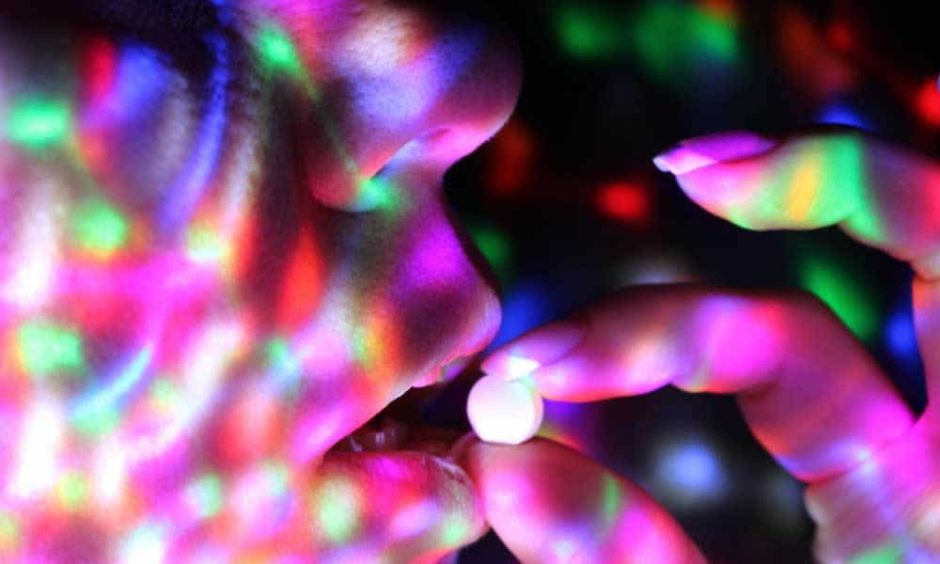
JACOB
He is Katherine’s lover. He is an 18-year-old high school drop out/bad boy, living at home with his father. He sold drugs, he was fun, careless, selfish. He grew up with a dysfunctional family. He watched his mother cheat on his father as a kid, he saw the pain, lies, despair. He watched his father get hurt, repeatedly. He was in the middle of everything, was around for the long, and tough divorce. That destroyed his soul and was what turned him into the horrible person he was. It damaged him deeply. He had no trust in any women, because of course, “they would all turn out to be his mother”. He learned that abuse was okay, because his parents were like that. He learned that lying was the way to go, and to cover up any mistakes… because a lie would hurt the other person less than the truth. His belief system was completely fucked up. He had no hopes, or dreams for his future. He had no ambition. He desired Katherine, because he had full control over her. He fucked with her mind, and made her believe that he loved her, and did everything in his power to never let her leave. That was his deepest secret. The fear of losing her. Not because he loved her, but because he did not want to be alone.
Jacob in the beginning is a bit of a lost soul. He works odd jobs, is very charismatic and interested in music but he never studied it. He hangs out at club events and concerts selling drugs.
Jacob has a huge record collection (his treasure) and has been messing with “Garage Band” on his computer, creating tracks, but he suffers low esteem and thinks his music is shit. He is shy about singing and using his voice. He has no ambition to pursue it as a career – its just a hobby he likes to dabble in. Kat gives him courage and encourages him.
Jacob has a very eclectic taste in music – he loves rap and EDM, which are forms he is experimenting with, but his ultimate idol is David Bowie. He has huge collection of vinyl records from the 60s, 70s, 80s as well as Blues and Jazz – especially Miles Davis.
He is almost religious about his “sacred” collection. Katherine loves to come over and be engrossed into this world of music and sound. She loves when he makes love to her and the music plays loud, especially when it is music he is working on, it’s as if she’s making love to him and his music.
When Katherine gets drunk and high, she accidentally trips over the record player, the needle snaps, scratches a record and breaks another. He attacks her, beats her up and almost wants to kill her.
When she gets mad she starts smashing the records and starts to throw them out of the window. “You love your fuckin’ music more than you love me… you are incapable of real love. You are a psycho! Devil!”
Later they must pawn the whole collection to make the rent.
He is troubled, from a poor working-class family, and single-parent household. Eventually he gets his own pad in an industrial neighborhood, gets a van, and when he gets evicted, he lives out of the van.
He is trying to juggle drugs, music and Kat and can’t handle it all… he crashes and burns…
Kat hears his music (which he is afraid to play to anyone) and thinks it’s amazing and encourages him – she becomes his muse – he eventually will DJ in a talent night at a club, and that gives him courage to start performing.
He also starts posting on SoundCloud and gets fans….
He is an amateur self-taught musician – he is trying to experiment merging rap-music with electronic dance music, incorporating vocals, words, even using bits from Katherine’s diary.

Once he even uses her voice into the mix. She is excited to be part of his creative journey… it makes her feel closer to him and makes her feel he really loves her….
He allows her to come on stage and sing one of her lyrics – they duet – to her it’s the greatest honor.
He likes to play seduction games with her, unable to face reality… his fear of intimacy. It leads to mind-fuck scenarios and violence in the relationship.
Jacob having been hurt in love, afraid to open up, carries the “baggage” of previous relationships with other girlfriends, as well as the loss/betrayal he felt from his mother’s infidelity/the messy divorce. When they are together there are not just two people in a bed, but three, or even whole entourages of the “ghosts” of his ex-lovers… he even talks to them in his drug out state.
Their relationship perhaps at first is more of a cat n’mouse courtship. She challenges him (like Effy from “Skins” might behave). They don’t come together too quickly and too easily.
Kat, like Effy, at first never talks – sort of a “death n’d dumb” mystery girl – only after the first meeting they talk and the first things that come out are riddles and fragments from her diary… she is a born writer, and that’s how her mind works.
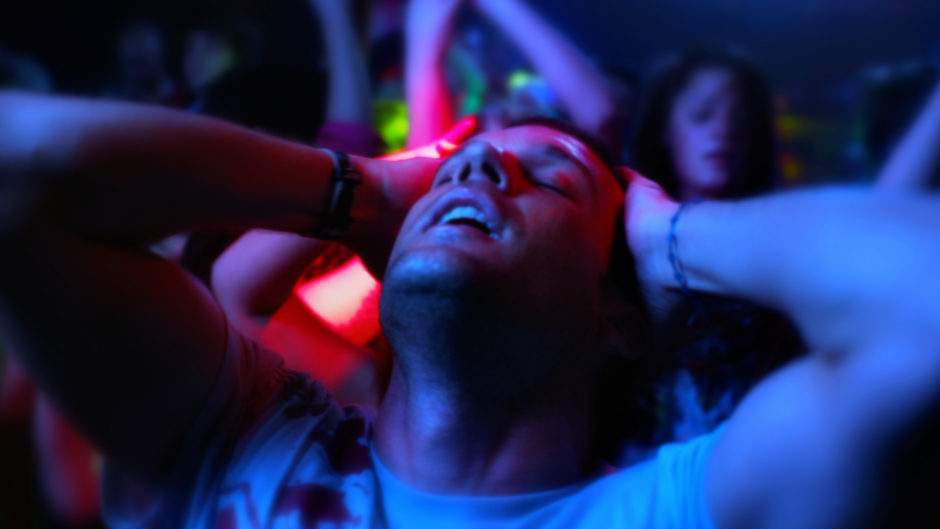
DIMITRI AND LOLA
Jacob’s friend is Dimitri, who is a rich French Quebec kid who studies Philosophy at McGill and drives his parents Mercedes and hangs at their fancy million-dollar condo while his parents travel in Europe. Sometimes Dimitri “chauffeurs” Jacob around town as he delivers and sells his stash of pills and various drugs hidden into his ever present back-pack. Dimitri likes to hang out with Jacob, a poor kid from the wrong side of the tracks, so he can study him. Dimitri is shy and loves how Jacob is so exuberant and has such a magnetic personality and great sense of humor that makes everyone laugh.
Dimitri is into Jean Paul Sartre and the Existentialists, and he interests Kat too – sometimes she is torn between Jacob and Dimitri, especially when Jacob is abusive to her. Dimitri sees Katherine as his “Simone de Beauvoir.” His interest in philosophy, books and her writings brings them together.
Dimitri dates Lola, half Brazilian, (fashion student at Concordia) who dresses outlandishly – creates a new crazy outfit for each day – Dimitri dates many girls and uses them as experiments in existentialism. Lola is free sexually, is bi-sexual, and does not take relationships so seriously.
After a night of drinking, partying and drug-taking when the two couples end up having sex and switching partners… something Kat does not fully remember because she was so high, Jacob starts a full-flung secret relationship with Lola on the side – but lies and denials it all to Kat.
Jacob is obsessed with Lola because she is visually so enthralling, stunning and such a free spirit. She fascinates him.
Kat, as a revenge sleeps once or twice with Dimitri, but has guilty feelings about it.
It fuels the violence and Jacob’s increasing abusive relationship with Kat.

STORY NOTES
WHY WAS JACOB SO ABUSIVE?
He grew up with a dysfunctional family. He watched as his mother screwed over his father from a very young age, up until the divorce 6 years later. That is all he knew. How to lie, cheat, be mean, how to bring people down.
WHAT TRIGGERS JACOB?
The fear of losing control over Katherine. The fear of her leaving him and being happy on her own. He is scared to be alone, and to not have control over her anymore. It makes him feel good and powerful, knowing that she’s under his “spell”. That she’s so blind about what is really going on and letting him make all the choices for her.

WHAT DROVE HIM TO BE ABUSIVE?
He started to be abusive once Katherine had each little “wake up call” and was beginning to see who he really was and what he was really doing to her. Once she started to catch on to the lies, cheating, and dishonesty. Seeing her realize who he really was, instead of that “perfect lover” made him scared. The thought of him losing control drove him towards the abuse.
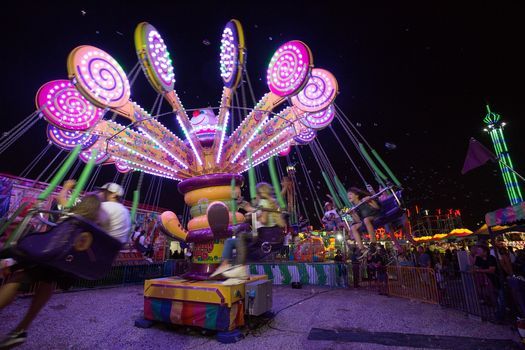
The drugs were MDMA and SPEED. They made Katherine feel so good. Life was amazing, she was so happy, she felt warm and only saw good in the world, no matter what the circumstances were. She was oblivious to the real world, and towards her true emotions. The drugs covered up anything true, and bad; then made it seem amazing. She was living a lie.
THE DRUGS
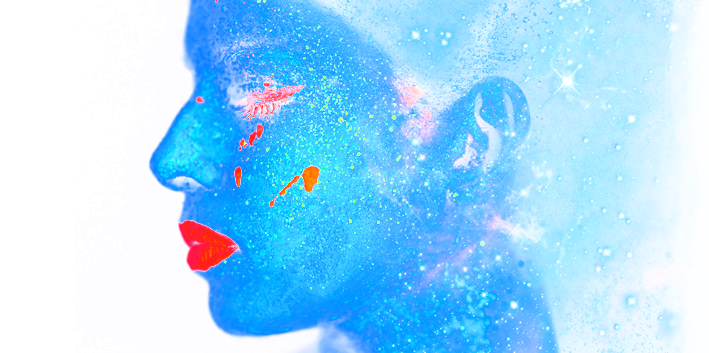
THE NEAR DEATH EXPERIENCE
The more drugs you take, the higher your tolerance is. The high is never the same as the first time; but the first time was the best feeling in the world. As months went by, the high wasn’t as great. The world wasn’t as perfect as it was the last high. Then one day, Katherine took a bit too much, hoping to feel good again. As the high took its peak, about to hit her, it wasn’t a weak high and it wasn’t a strong, pleasant one. It was different. It wasn’t warm and fuzzy. It was cold and a stiff feeling took over her body. Her head started to feel like it was mushy, and she fell to the ground. She couldn’t feel her body. She couldn’t access the thoughts in her mind. She couldn’t feel any emotions. Every time she tried to get up, she would fall back down. And so, she just lay there, letting go. Not caring that it could have been the end for her; and so she closed her eyes and let fate take over.

DIRECTOR’S NOTE
I see the movie as a sort of passionate-psycho, ecstasy-fueled, musical love-journey.
Several years ago, I was thinking of a movie about twisted young-love relationship where the guy messes with the mind, body and soul of an innocent girl who loves him unconditionally.
Some of these previous ideas for scenes would work well in Ecstasy.

